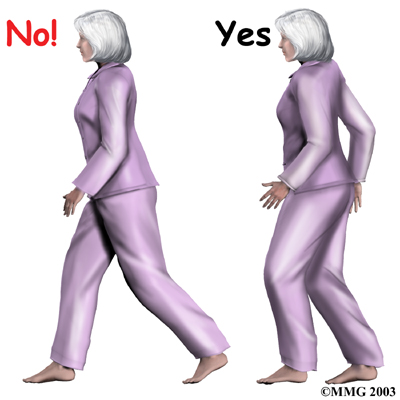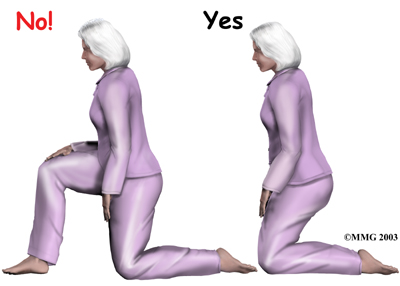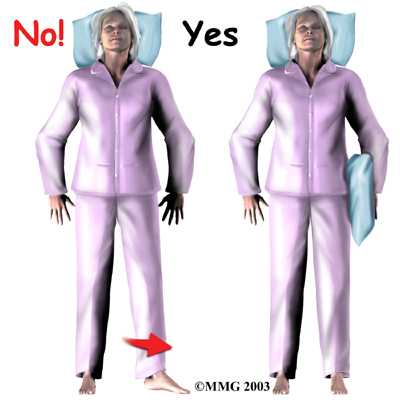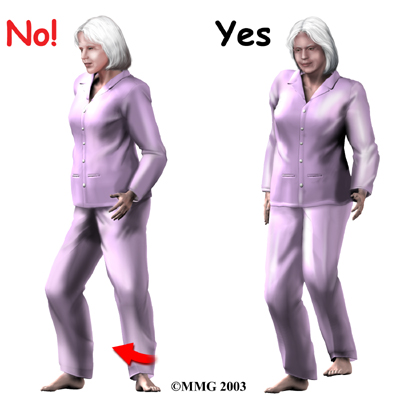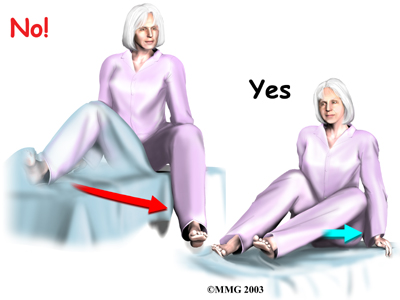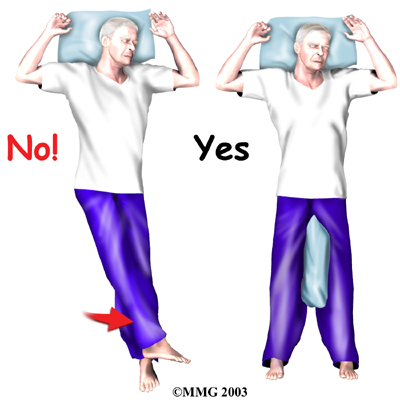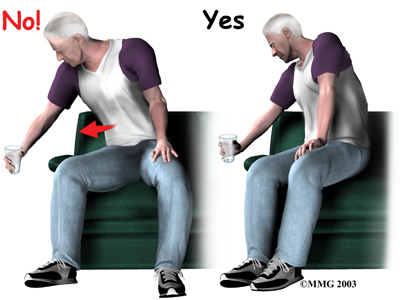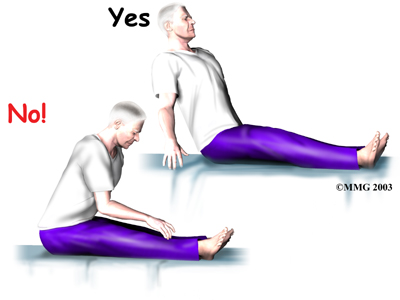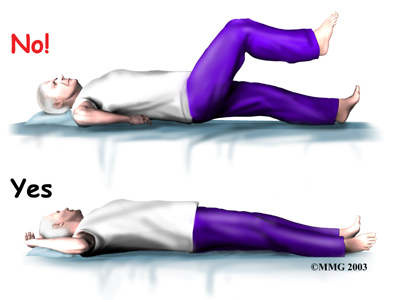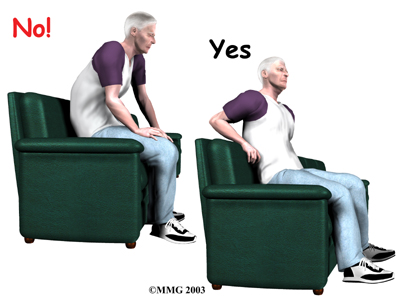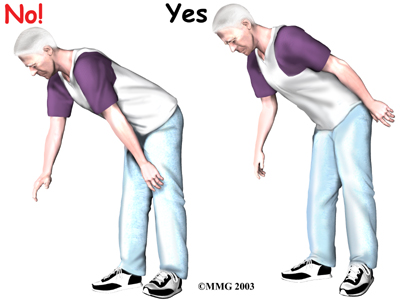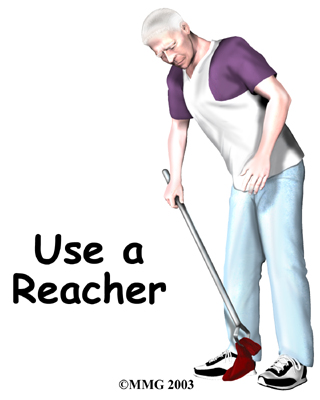Physiotherapy in Edmonton for Hip
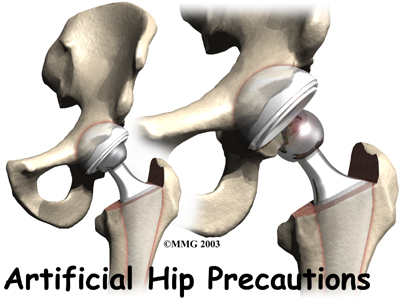
Welcome to Next Step Physio's patient resource about Artificial Hip Dislocation Precautions.
Hip surgeries such as total joint replacement and hemiarthroplasty require the surgeon to open the hip joint capsule. This puts the hip at risk of dislocating after surgery. Patients follow special precautions after surgery about which hip positions and movements need to be avoided to keep the hip from dislocating. While you are in the hospital, your health care team will remind you often about the need to follow these hip precautions. Once you get home, you will have to remember to follow these rules until your surgeon approves motion beyond these limits of movement.
This guide will help you understand:
- why hip precautions are needed
- which precautions you should use and when to use them
- ideas you can use at home to protect your hip joint
#testimonialslist|kind:all|display:slider|orderby:type|filter_utags_names:Hip Pain|limit:15|heading:Hear from some of our patients who we treated for *Hip Pain*#



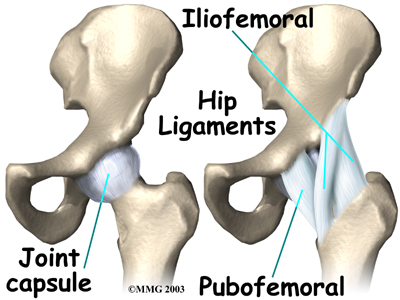
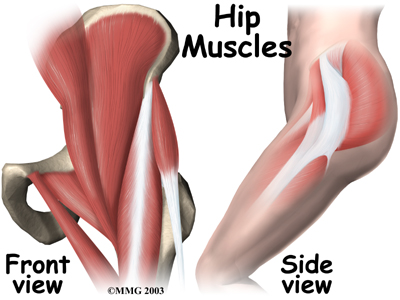
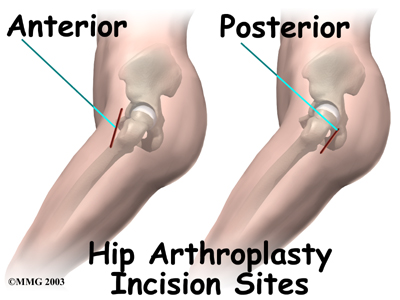
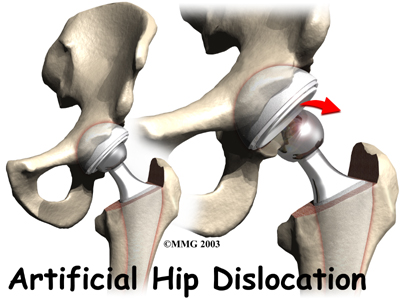 Dislocation
Dislocation 